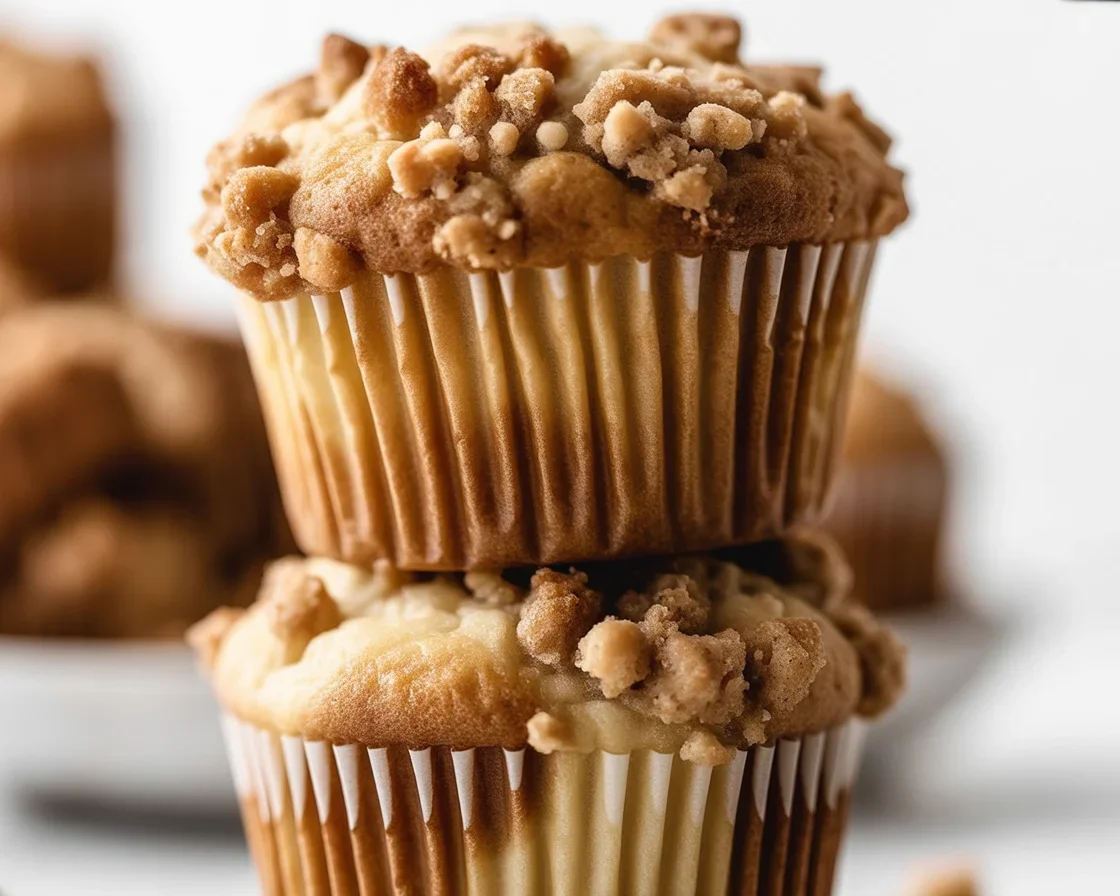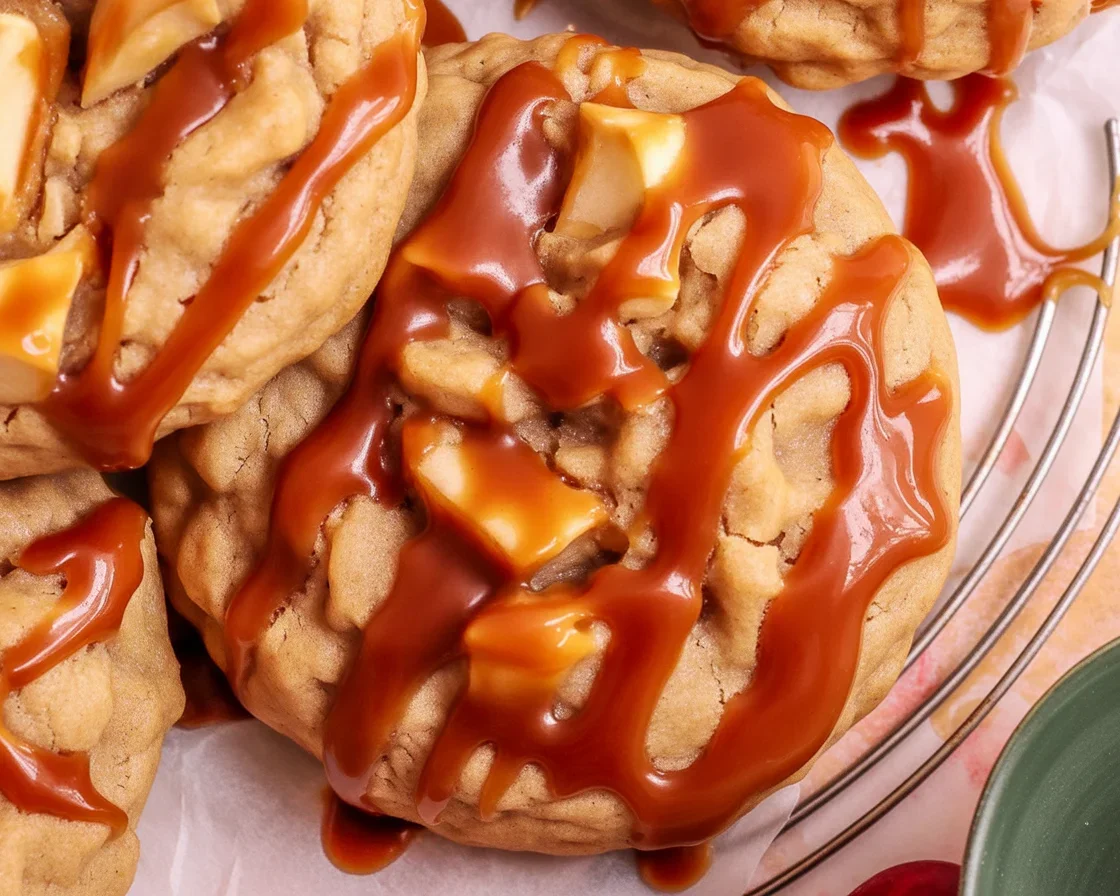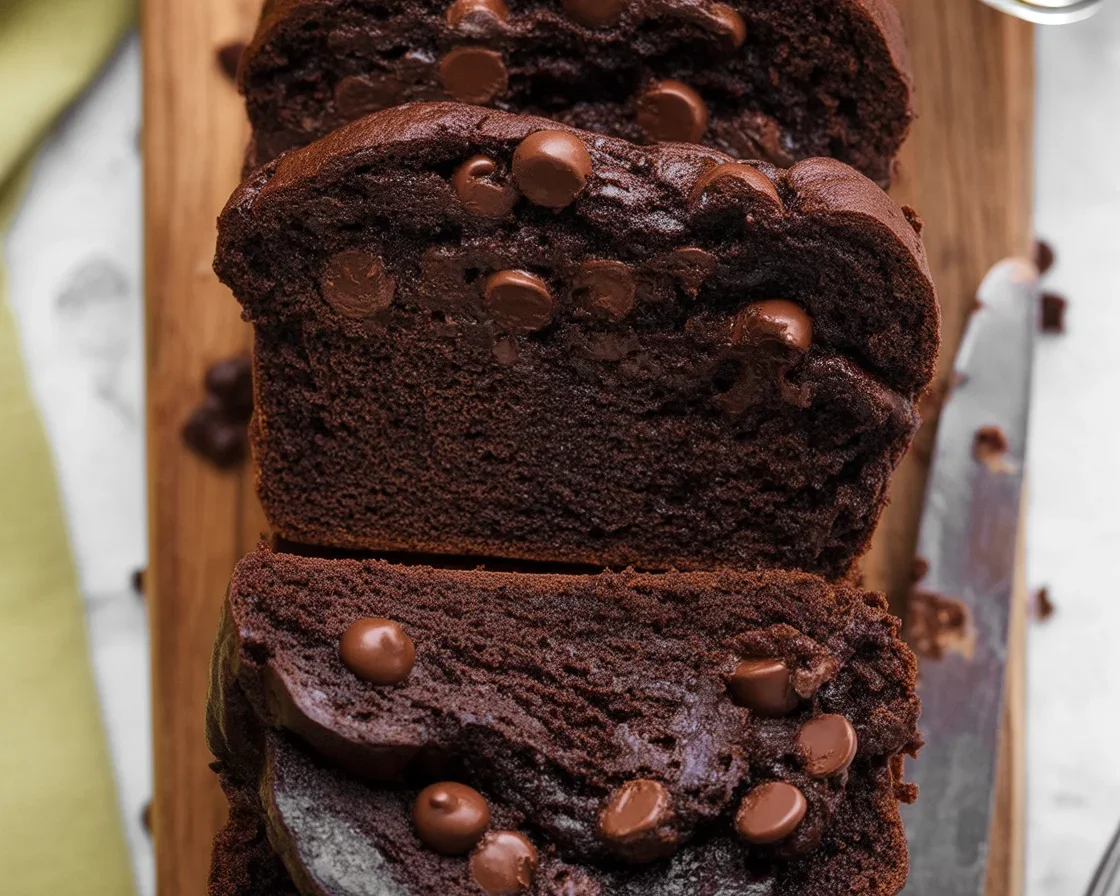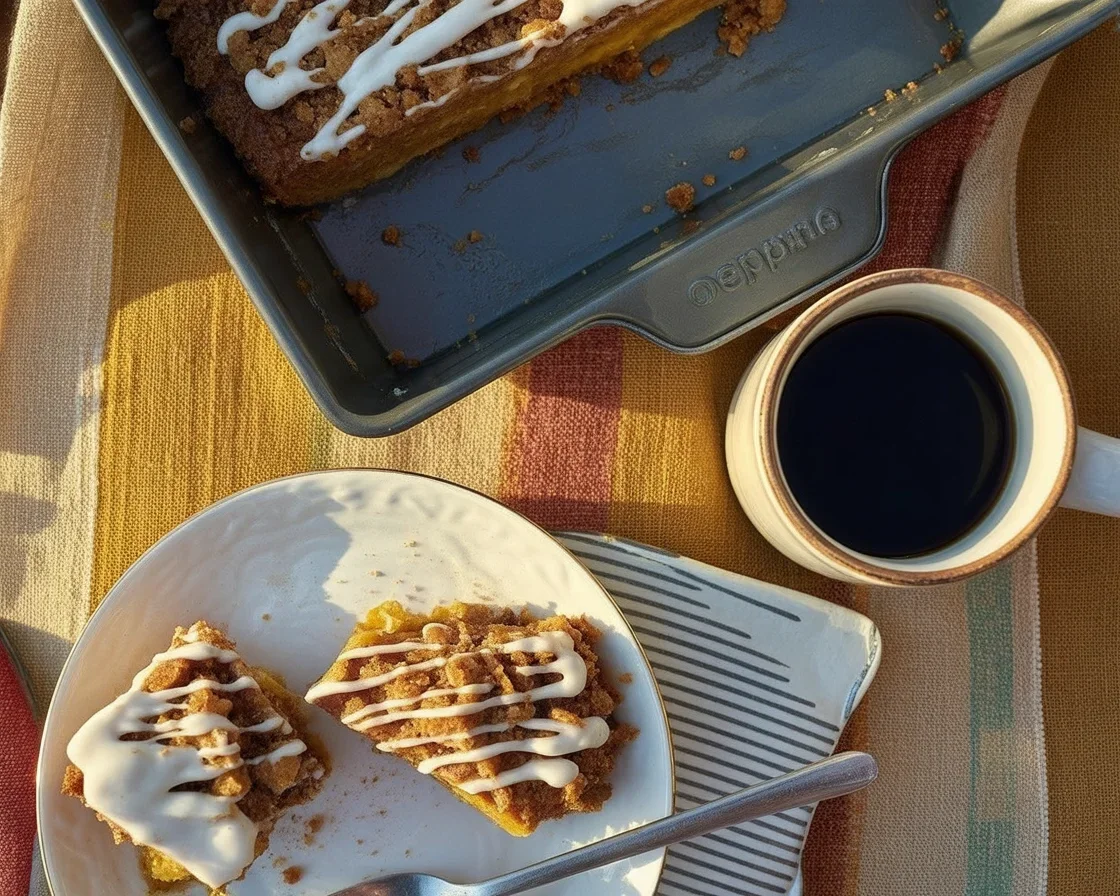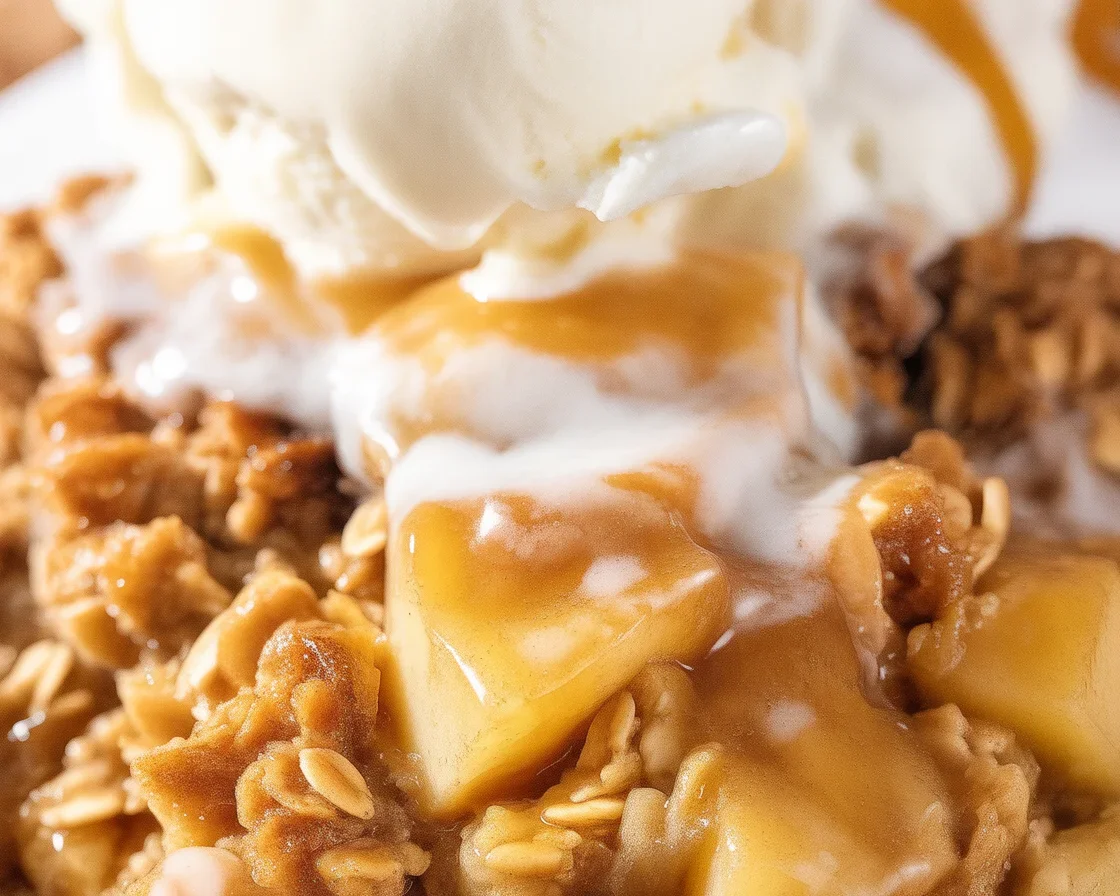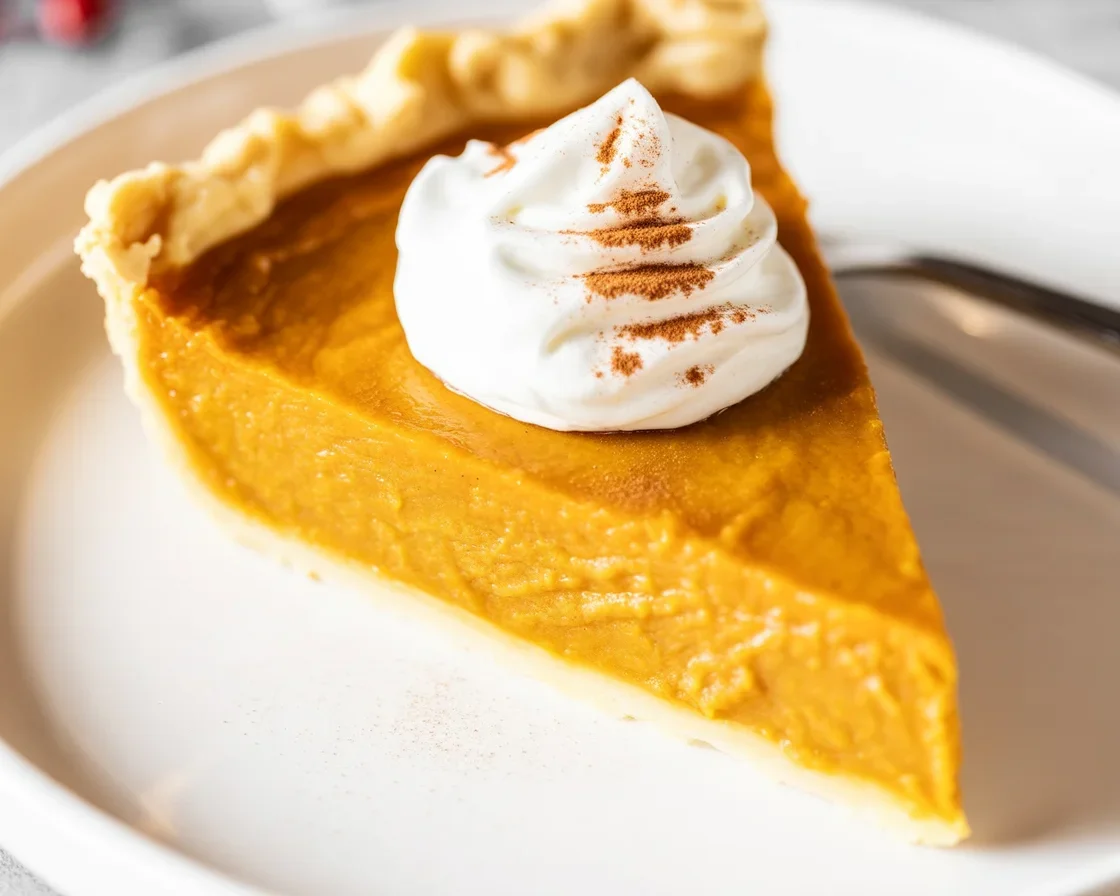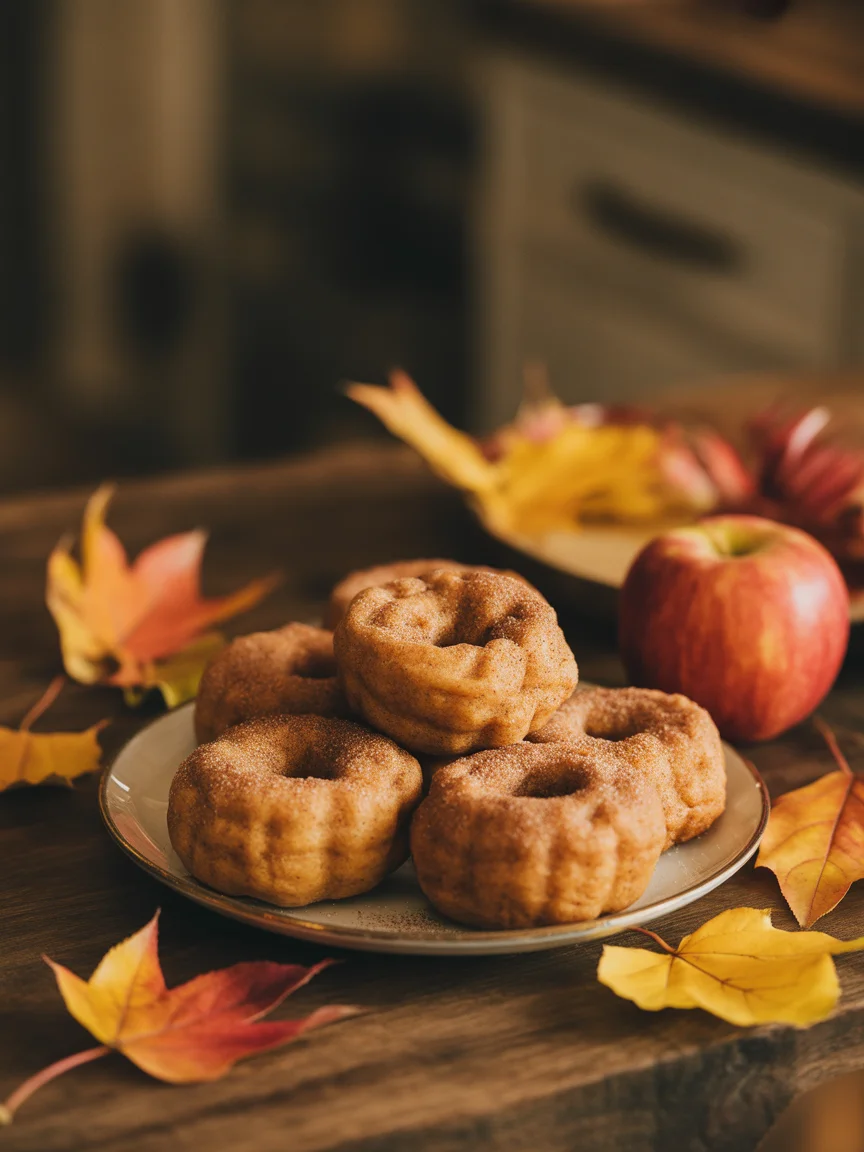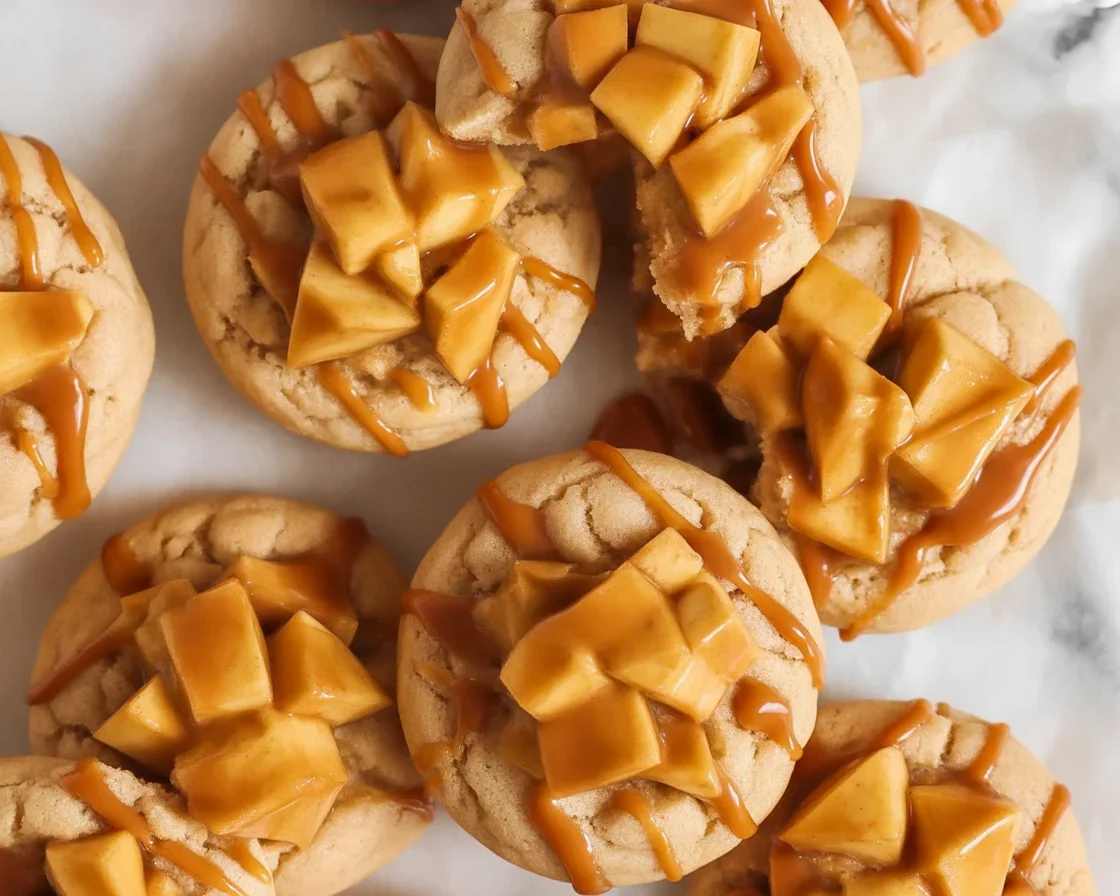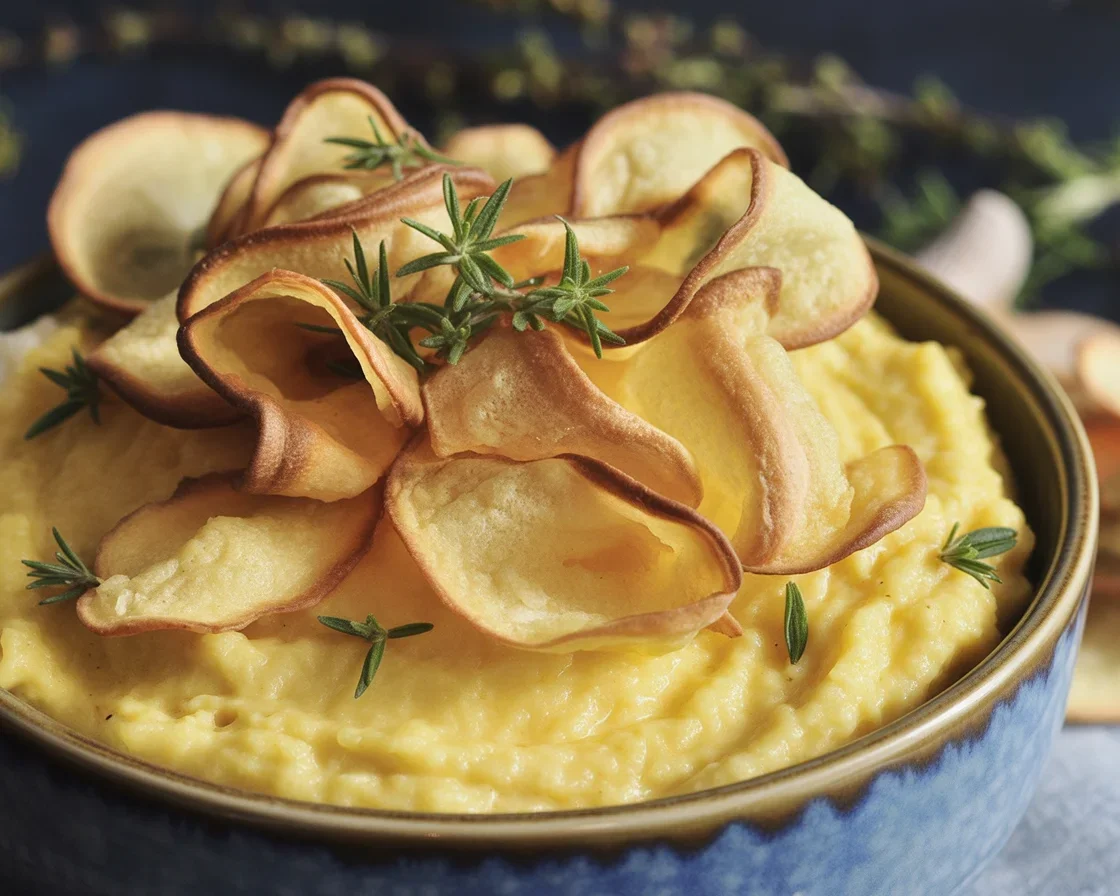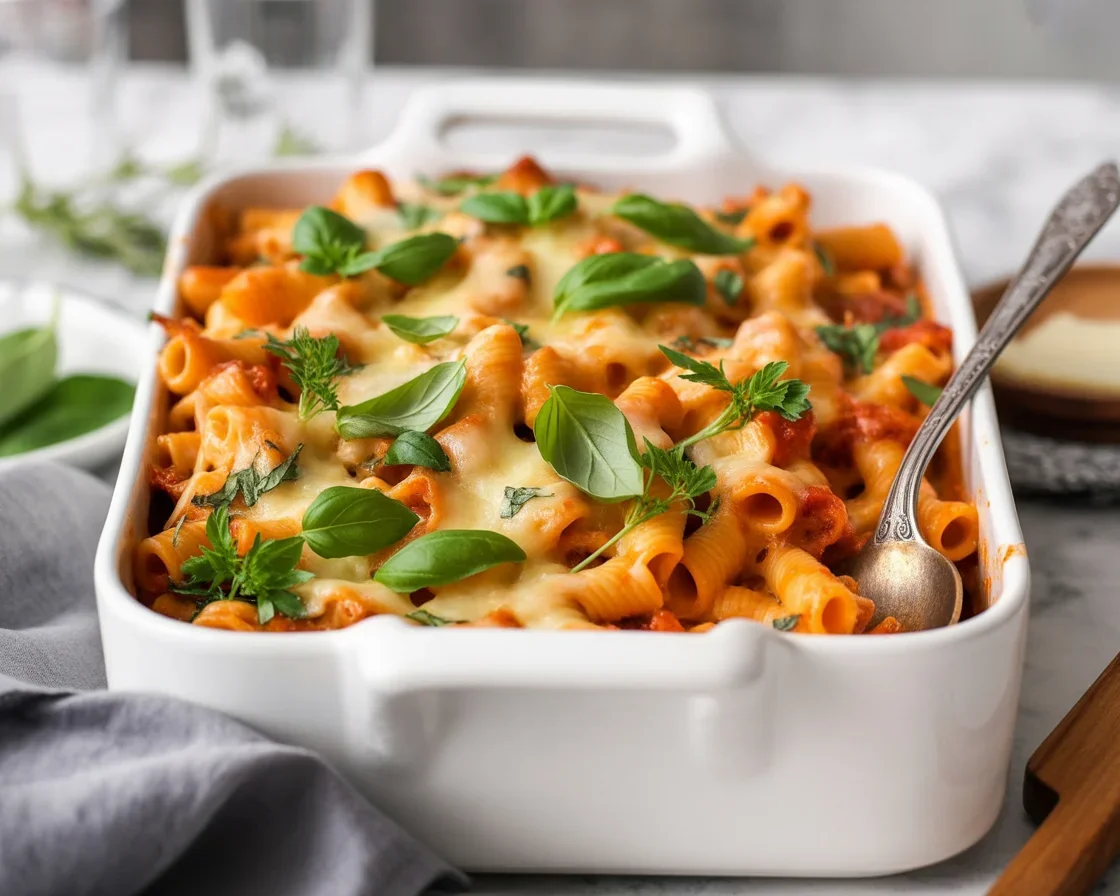Table of Contents
Thai pumpkin custard is one of those desserts that just grabs your attention at first sight. If you ever stood at a street market in Thailand, surrounded by steamy smells (sometimes a bit of fish sauce mixed in, oof), and spotted this soft, pudding-filled pumpkin being sliced up, you’d understand. But here’s the rub.
Trying to pull off a proper Thai pumpkin custard at home sounds intimidating, right? It’s not. Trust me. I’ll break down how to pick the right ingredients, dodge the big mistakes, and get it just how I learned from my neighbor’s mom. By the way, if you love Thai treats, you should also check out this absolute winner, the 5-minute Thai cucumber salad delight for a crunchy side.

What is Thai Pumpkin Custard?
Let’s clear up what this magical dessert really is. Thai pumpkin custard (or Sangkaya Faktong if you wanna sound extra fancy) is a steamed pumpkin filled with an eggy, coconutty custard, then sliced so you get both in every piece. Isn’t that just genius? You cut the top off a pumpkin, fill it, steam it whole, then let it cool and slice up. Presentation? Five stars, instantly.
When I make it, I honestly feel like I’m at a village fair there’s something old-school and welcoming about it. The flavors are simple but comforting. Creamy, sweet, a little bit earthy from the pumpkin. Best part? There’s just a handful of ingredients, so you don’t need a suitcase full of groceries to get started.
My favorite memory is eating a still-warm slice on a rainy afternoon, which maybe explains why I keep making it (and eating way too much). Try it once. You’ll see what I mean.
This tasted just like what I remember from Chiang Mai street stalls sweet, silky, and totally satisfying. Even better the next day, honestly.
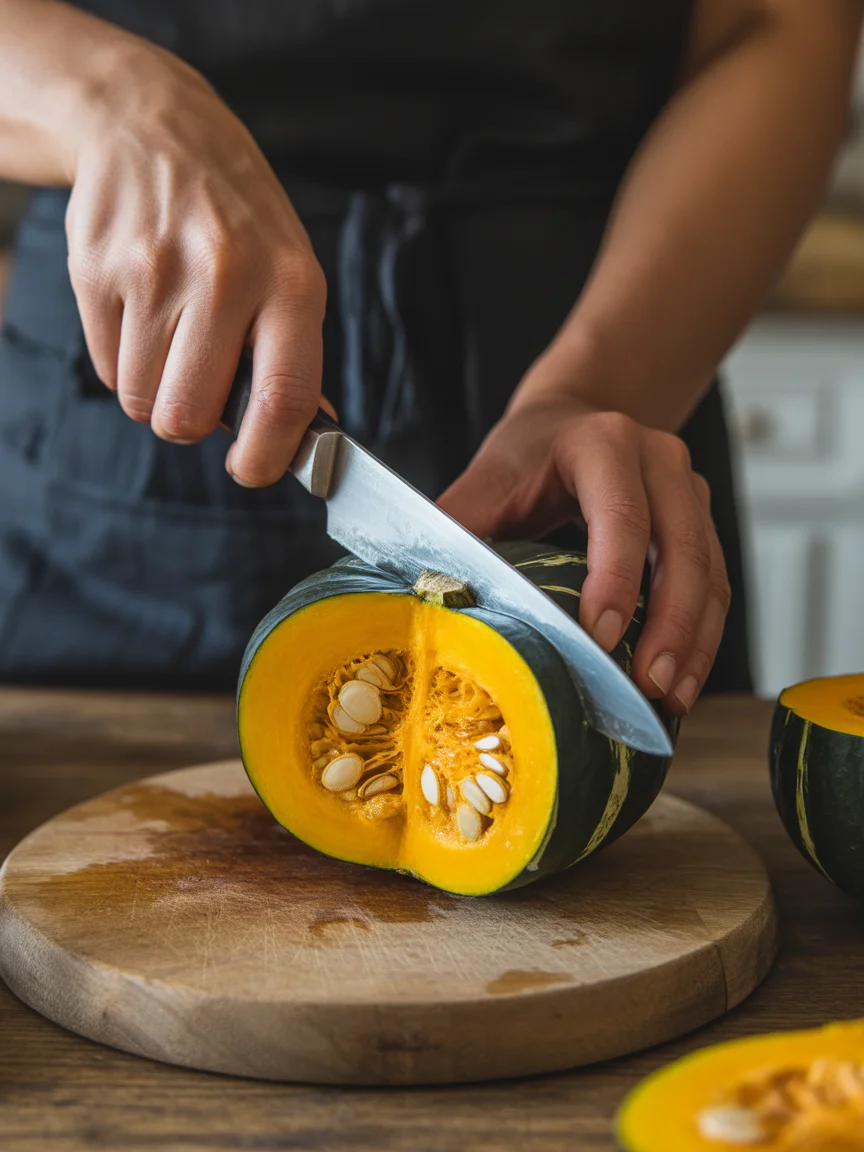
Which Pumpkin is Best for Thai Pumpkin Custard?
Okay, here’s where folks get tripped up. Pumpkin type matters so much it hurts. Don’t even try to use a jack-o-lantern kind. No flavor, weird watery texture. What you want is a small, dense-fleshed pumpkin like the kabocha, or as the Thai call it, fak tong. It’s tough-skinned, deep green on the outside, bright orange inside.
Why is it better? Well, it holds its shape during steaming. The flesh actually tastes sweet (not bland like regular pumpkin pie pumpkins), so it complements the custard rather than just being a bowl. If you can’t find kabocha, opt for any winter squash that’s sweet and firm. Avoid spaghetti squash unless you want a stringy disaster. I tried acorn squash once, and, eh, not the end of the world but also not my proudest moment.
Check farmers’ markets in the fall or Asian grocery stores all year you’ll probably spot one. Try poking it. It should feel hard, almost heavy for its size. Remember, you want something that eats like a meal, not like a decoration.
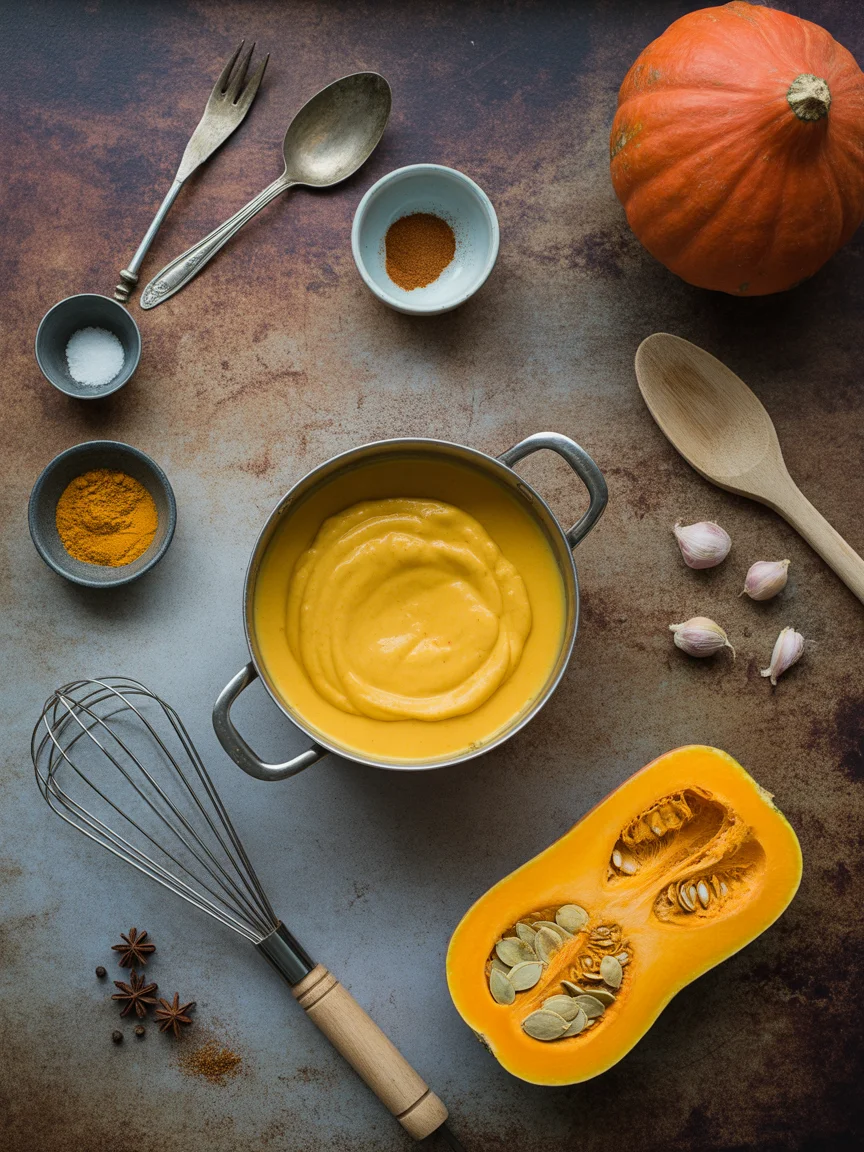
Tips to Prevent Custard from Splitting / Not Setting
Oh man. Nothing worse than looking into your steamer to see scrambled eggs floating in pumpkin soup. I’ve done it. Hoped for the best, cried a little, started over (ok, maybe not cried). But it’s fixable! Here’s how I avoid that mess:
First up, don’t rush the eggs and coconut milk mix. Whisk gently, not like you’re making a protein shake. You want just enough air to blend, but not enough to foam up. Next, strain that custard mix before pouring it into the pumpkin. Sounds fussy, but it’s a life-saver for keeping things smooth.
Another biggie: steam on medium-low heat. High heat = bubbles, which curdled texture. Slow and steady wins here. If the top of your custard jiggles just slightly but isn’t liquid anymore, you’re golden.
Last tip, let it cool before slicing. Not just for your own safety (burned my hand once, learned fast), but it also firms up perfectly.
Could not believe how well this worked out. No curdles or weird texture just creamy goodness. Patience pays off!
Baking vs. Steaming Sangkaya Faktong
Here’s one of those classic arguments, like crunchy vs. smooth peanut butter. Traditional Thai pumpkin custard is steamed. That’s how they do it at every market stall and grandma’s house I know. Steaming keeps it moist and creamy, and the pumpkin stays soft but not mushy.
Baking, though, is easier for some folks, especially if you don’t have a big enough steamer. If you do bake, use a water bath set the filled pumpkin in a deep pan with a little water, cover loosely with foil, and then bake slowly. You don’t get quite the same silkiness but it’s still miles better than anything store-bought.
For the record, I’m on team steam whenever possible. It just feels right, you know? That being said, nobody in my house complained when I baked it during a kitchen reno. Just don’t skip the water bath if you want to avoid rubbery disasters.
Make-Ahead and Storage
Let’s be honest, making Thai pumpkin custard is one of those do it ahead recipes. It actually tastes better after chilling overnight in the fridge. Trust me, day-two slices are where it’s at. Here’s how you do it best:
- Wrap leftovers (if you manage to have any) tight with plastic, or use a good container.
- Fridge life is three, maybe four days.
- Don’t freeze it makes the custard weirdly grainy, and the pumpkin gets sad and watery.
- Best eaten cold, or room temp if you have patience (I don’t).
That’s really all there is to storage. Easy peasy.
Common Questions
Can I use regular pumpkin for Thai pumpkin custard?
Try to avoid it. The flavor won’t be as rich and the texture isn’t as lovely. Go for kabocha if you can find it.
Is it possible to make this dairy-free?
Yes, Thai pumpkin custard is already dairy-free since it uses coconut milk instead of heavy cream. It’s a win for everyone, lactose folks and all.
How do I tell when the custard is set?
Give the pumpkin a little wiggle. If the custard moves like barely-firm jello and not soup, you’re good.
How does it taste compared to western pumpkin pie?
It’s silkier and less spiced. More coconut and eggy vanilla flavor different, but kind of addictive
Can I make small individual pumpkins instead of one big one?
Absolutely. Mini pumpkins are adorable for parties. Just cut the steam time in half.
Take a Slice You’re Gonna Love This!
So there you have it. Thai pumpkin custard is easier than you probably thought, with just a bit of prep and patience for smooth, perfect results. My advice? Don’t overthink it. Grab a good kabocha squash and just roll with it. And if you want even more pumpkin magic, check out this pumpkin pie recipe you’ll fall for or this beautiful guide on Thai Pumpkin Custard to get inspired. You might even discover a new obsession I sure did. Better make two, though. Your friends and family will inhale it.
Oh, and if you wanna sound fancy, call it Sankaya Faktong next time you serve it. Good luck, and have fun.
Print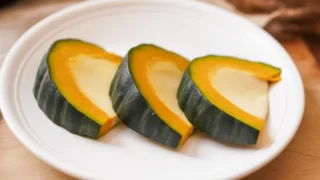
Thai Pumpkin Custard
A traditional Thai dessert featuring steamed pumpkin filled with a creamy coconut custard.
- Total Time: 80 minutes
- Yield: 4 servings
Ingredients
- 1 small kabocha pumpkin
- 3 large eggs
- 1 cup coconut milk
- 1/2 cup sugar
- 1/4 teaspoon salt
- 1 teaspoon vanilla extract
Instructions
- Cut the top off the kabocha pumpkin and scoop out the seeds.
- In a mixing bowl, gently whisk together eggs, coconut milk, sugar, salt, and vanilla until combined.
- Strain the custard mix to remove any lumps.
- Pour the custard mixture into the hollowed-out pumpkin.
- Place the pumpkin in a steamer and steam on medium-low heat for about 45-60 minutes, or until the custard is set.
- Allow the pumpkin to cool before slicing and serving.
Notes
Using kabocha pumpkin is key for best texture and flavor. Let the custard chill overnight for improved taste.
- Prep Time: 20 minutes
- Cook Time: 60 minutes
- Category: Dessert
- Method: Steaming
- Cuisine: Thai
- Diet: Dairy-free
Nutrition
- Serving Size: 1 slice
- Calories: 300
- Sugar: 25g
- Sodium: 150mg
- Fat: 11g
- Saturated Fat: 10g
- Unsaturated Fat: 1g
- Trans Fat: 0g
- Carbohydrates: 41g
- Fiber: 2g
- Protein: 5g
- Cholesterol: 185mg

